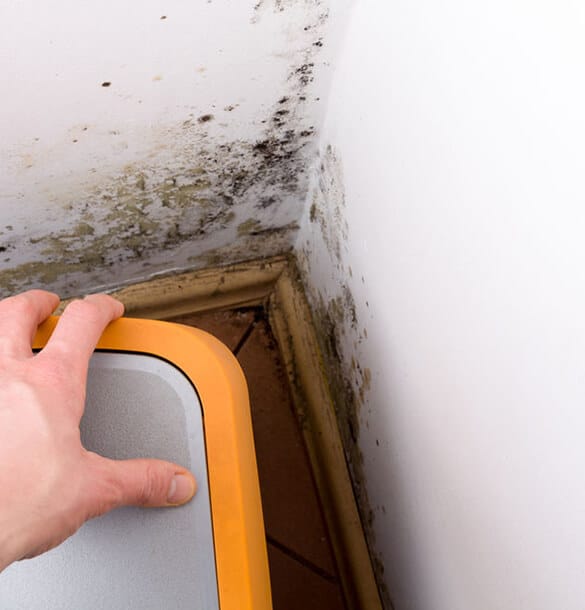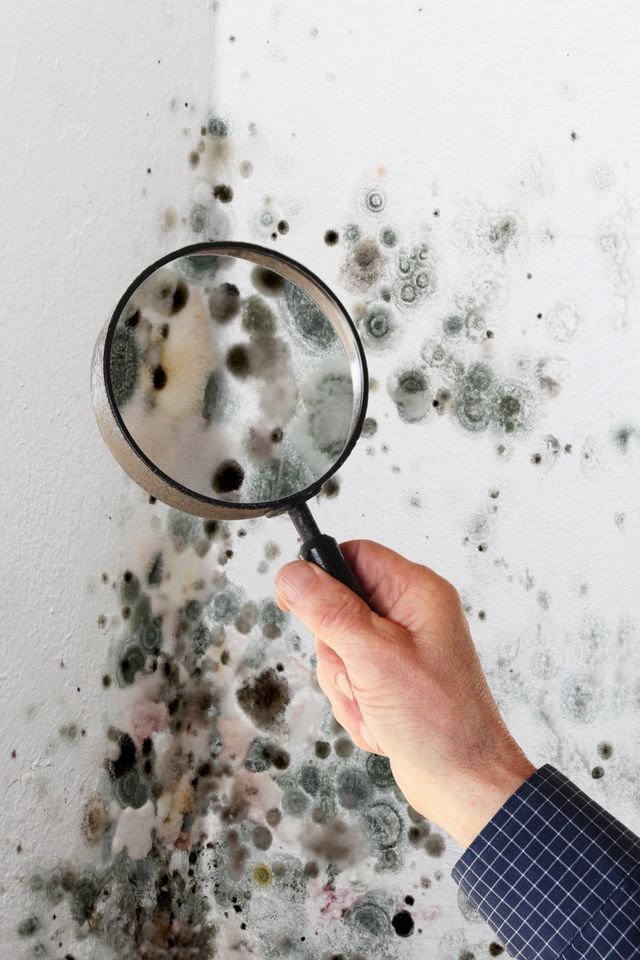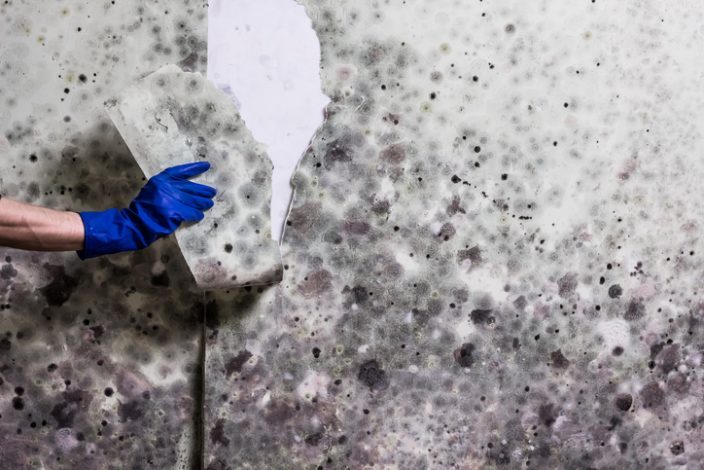After Mold Remediation Techniques for Tidy Rooms
Wiki Article
Your Ultimate Overview to Blog Post Mold Remediation Methods
In the after-effects of mold and mildew invasion, knowing exactly how to efficiently eradicate the mold and prevent its reoccurrence is extremely important for maintaining a healthy and balanced indoor atmosphere. From choosing the best cleaning and decontaminating methods to carrying out strategies for long-lasting mold avoidance, each action in the remediation trip plays a crucial duty in making sure an effective outcome.Understanding Post-Mold Remediation Process
After finishing the mold remediation procedure, it is vital to comprehend the post-mold removal techniques that are necessary to ensure a comprehensive and effective cleanup. When the mold has actually been removed, the next step includes cleansing and decontaminating the influenced areas to protect against any type of regrowth of mold. This consists of using specialized cleaning agents to wipe down surface areas and eliminate any kind of continuing to be mold and mildew spores. It is vital to dry the area completely to inhibit the development of mold in the future (Post Remediation verification). Proper air flow and dehumidification can aid in this process.
Furthermore, performing a last inspection post-remediation is crucial to ensure that all mold and mildew has actually been effectively eliminated. This assessment needs to include a thorough visual check as well as potentially air tasting to confirm the lack of mold and mildew spores airborne. If the inspection discloses any kind of remaining mold, extra remediation might be required. Enlightening passengers on preventive measures such as controlling dampness levels and immediately addressing any type of water leakages can aid keep a mold-free setting.
Effective Cleaning and Sanitizing Approaches

Avoiding Future Mold Growth

Importance of Appropriate Air Flow
Correct air flow plays an important function in preventing dampness buildup, a key consider mold development within interior settings. Reliable ventilation systems help get rid of excess moisture from the air, decreasing the chances of mold and mildew spores finding the wetness they need to spread and sprout. Without ample air flow, interior rooms can become a breeding place for mold and mildew, bring about prospective health risks and structural damage.By making certain appropriate air flow, ventilation systems can additionally assist in drying out damp locations quicker after water damages or flooding events, additionally hindering mold and mildew growth. Post Mold remediation cleaning. In spaces like washrooms, basements, attics, and kitchens where dampness levels have a tendency to be greater, mounting and maintaining efficient air flow systems is vital in preventing mold problems

Tracking and Maintenance Tips
Provided the important duty that correct ventilation plays in preventing mold and mildew growth, it is essential to establish effective tracking and maintenance ideas to guarantee the continued functionality of ventilation systems. Regular evaluations he said of ventilation systems should be conducted to look for any kind of signs of obstructions, leaks, or malfunctions that might restrain correct air movement. Tracking humidity levels within the property is additionally essential, as high humidity can add mold removal pros to mold and mildew development. Mounting a hygrometer can help track moisture degrees and alert homeowners to any spikes that might require interest. Furthermore, making certain that air filters are consistently cleaned or replaced is vital for preserving the efficiency of the air flow system. Executing a routine for regular maintenance tasks, such as air duct cleaning and cooling and heating system assessments, can aid prevent problems before they intensify. By staying conscientious and positive to the problem of ventilation systems, homeowner can successfully mitigate the danger of mold and mildew regrowth and keep a healthy go right here indoor environment.
Final Thought
In conclusion, post-mold removal methods are necessary for ensuring a tidy and secure environment. Understanding the procedure, carrying out effective cleaning and disinfecting techniques, preventing future mold growth, keeping correct ventilation, and normal tracking are all critical steps in the removal process. By following these guidelines, you can successfully remove mold and stop its return, working or promoting a healthy living area for all owners.In the after-effects of mold and mildew problem, knowing exactly how to successfully eliminate the mold and prevent its reoccurrence is paramount for keeping a healthy interior environment. As soon as the mold has actually been gotten rid of, the following step includes cleansing and sanitizing the influenced areas to stop any type of regrowth of mold and mildew - After mold remediation. After eliminating noticeable mold and mildew growth, it is critical to clean all surfaces in the affected area to get rid of any type of staying mold and mildew spores. To additionally boost mold avoidance measures, it is crucial to attend to underlying concerns that at first led to mold and mildew development.Given the vital duty that appropriate ventilation plays in preventing mold growth, it is important to establish effective tracking and upkeep suggestions to make certain the continued capability of ventilation systems
Report this wiki page